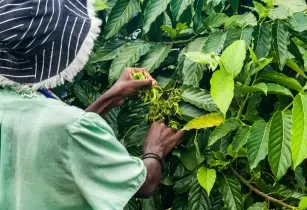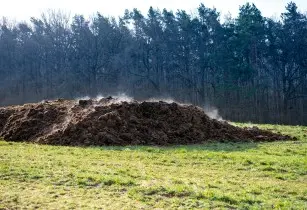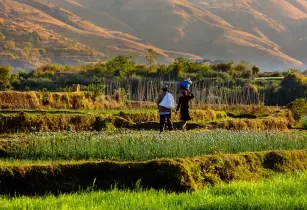The US government has invested US$12mn to support Tanzanian youth in starting, operating, and financing agricultural businesses on the mainland and in Zanzibar
Crops
FAO and IAEA discuss scaling up of nuclear techniques in Africa’s food and agriculture sector
The first-ever joint meeting of members of the Africa Groups in both Rome and Vienna, the headquarters of the International Atomic Energy Agency (IAEA) was held to showcase what the Joint FAO/IAEA Centre of Nuclear Techniques in Food and Agriculture can offer to Africa, and to provide an opportunity for representatives from Africa to set out the key areas for strengthened support
IFAD launches new initiative to lower agricultural methane emissions
With sharp reductions in methane emissions key to keeping global warming below 1.5°C, the International Fund for Agricultural Development (IFAD) is launching a new initiative to help developing countries lower methane emissions from agricultural and small-scale farming
Lesotho’s Minister urges farmers to plant wheat
With decisions in place to change the farming system in Lesotho, the Minister of Agriculture, Food Security and Nutrition, Thabo Mofosi has urged farmers to plant more wheat for winter ploughing
US Peace Corps numbers grow in Madagascar
The US Embassy Deputy Chief of Mission, Tobias Glucksman, swore-in 21 new Peace Corps volunteers in Antananarivo on 5 May












